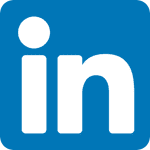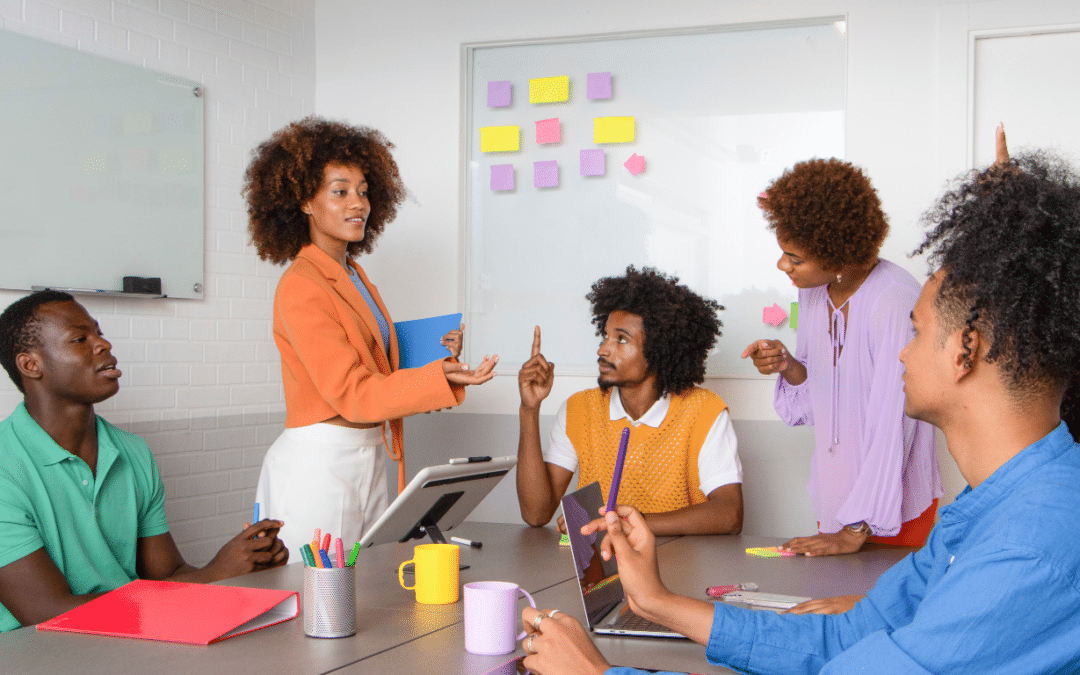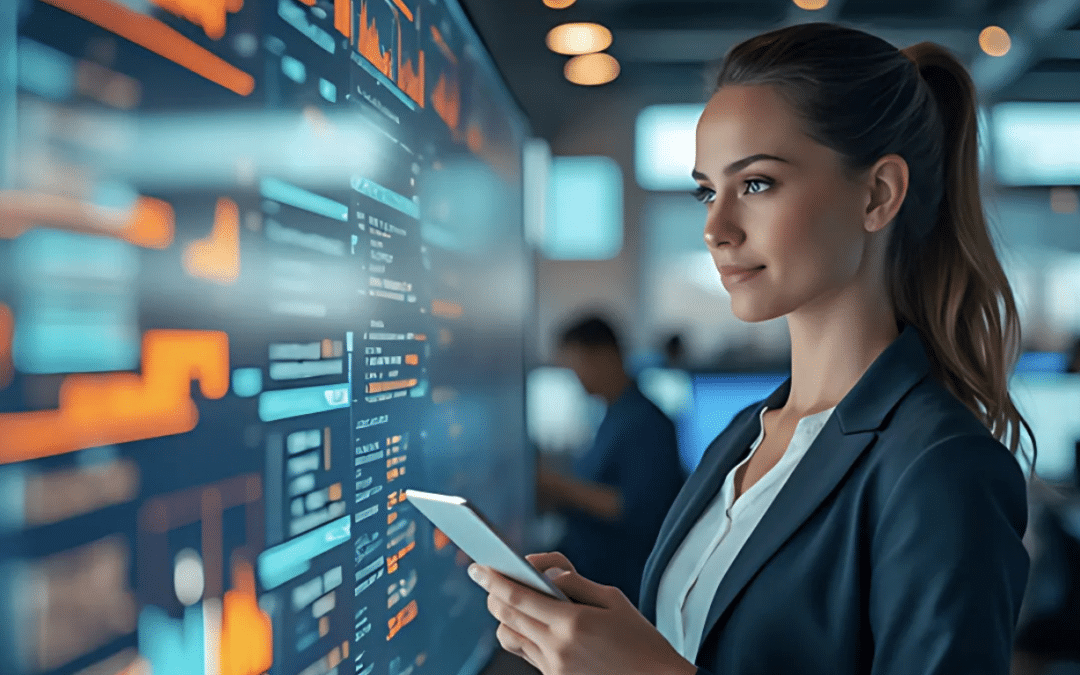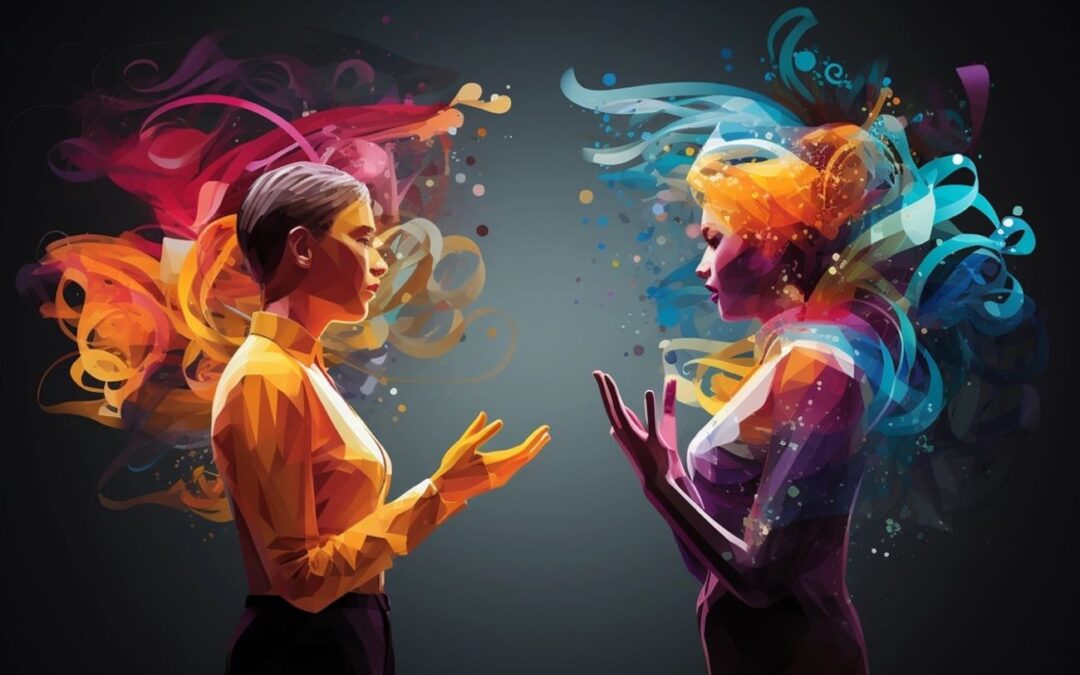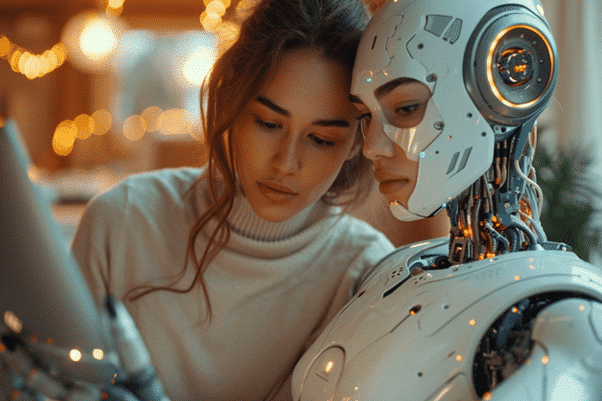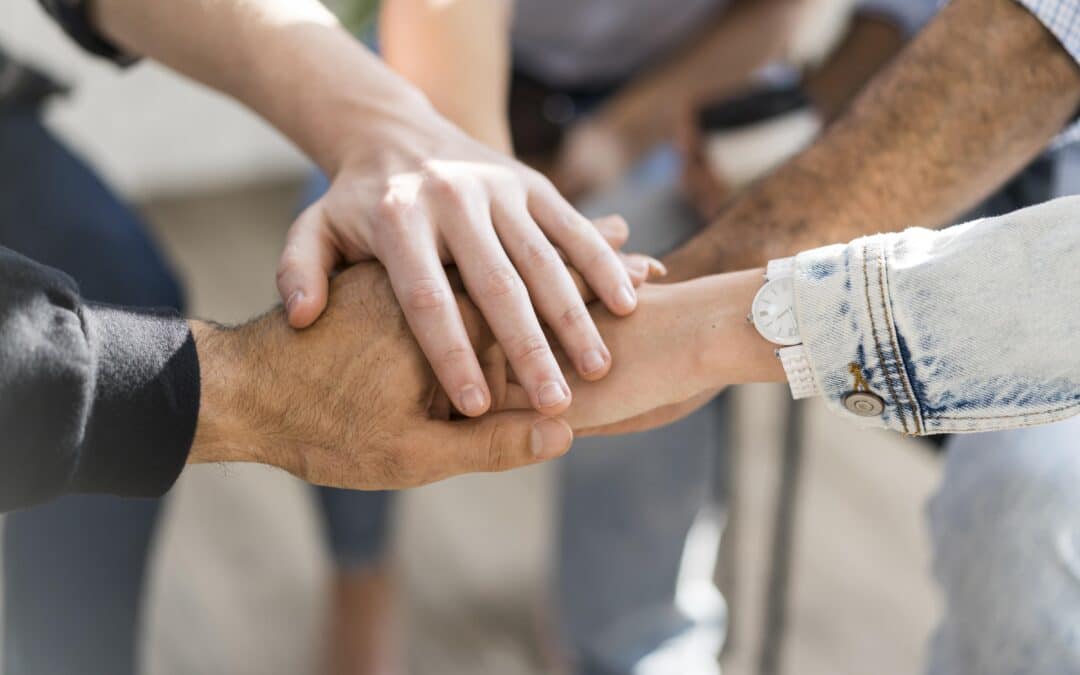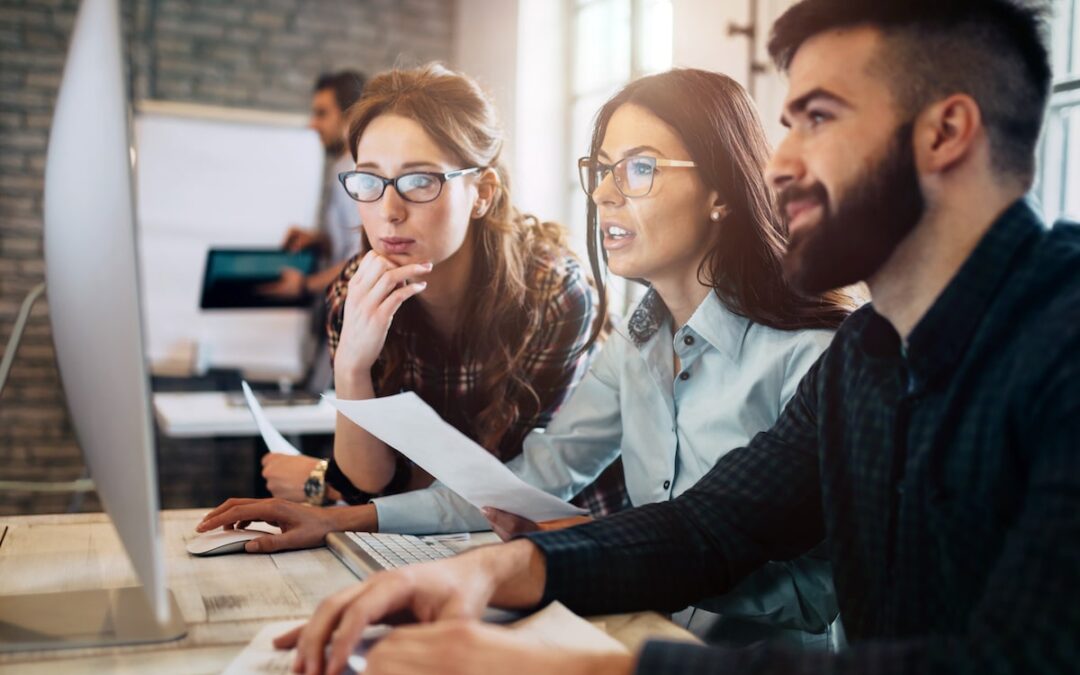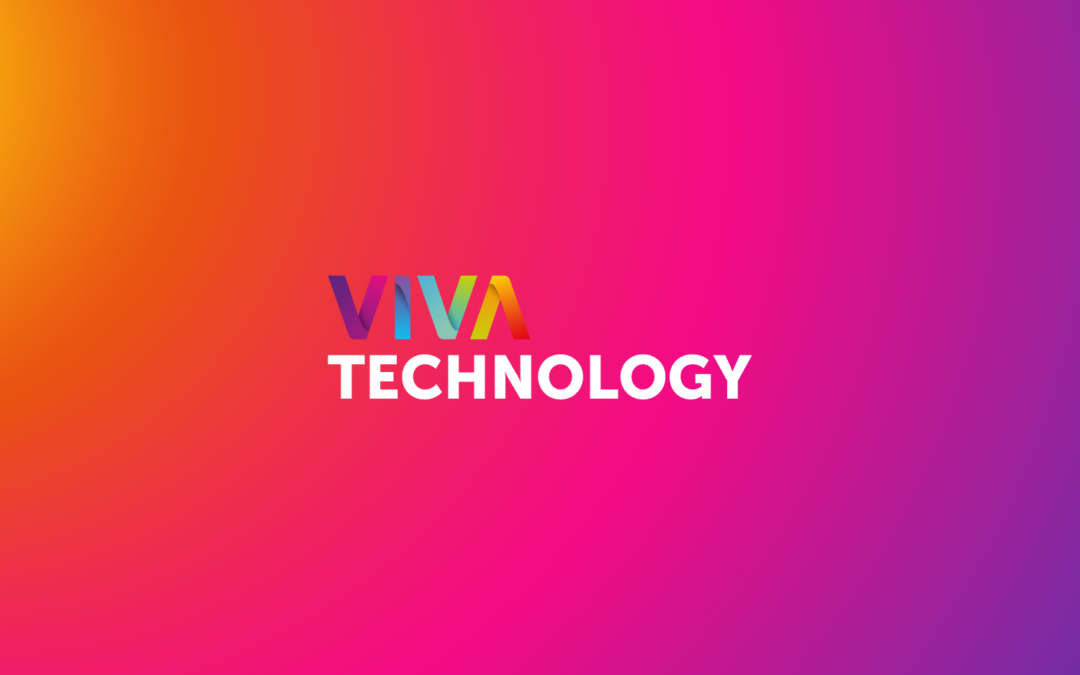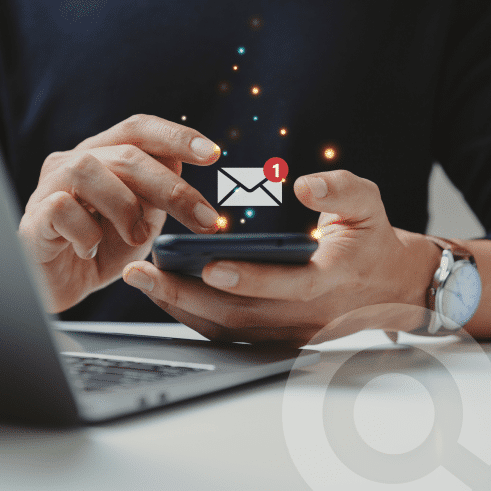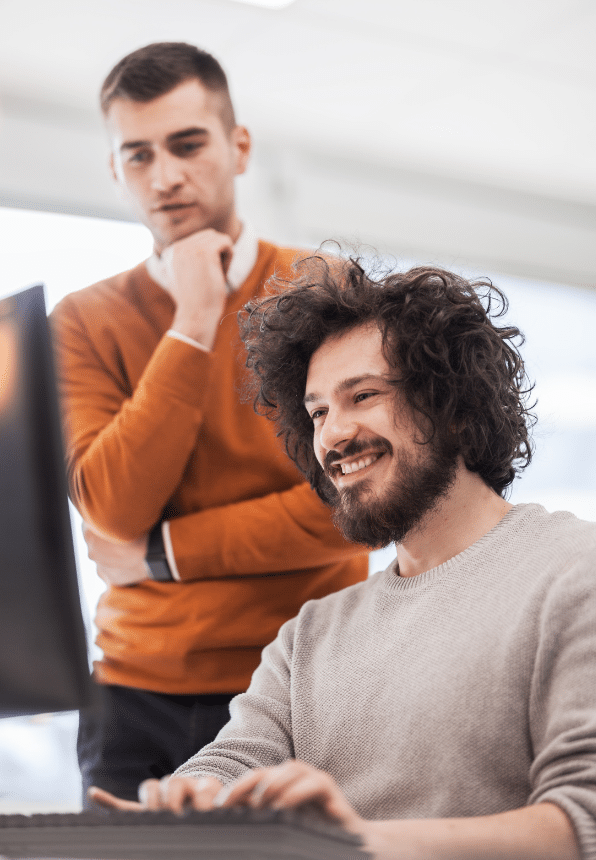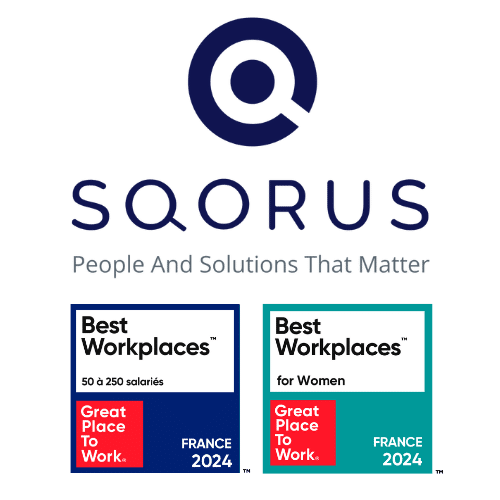With the widespread adoption of the flex office, the evolution of workspace management, and the rise of telecommuting, the world of work has undergone a major transformation in recent years. Yet one question is often overlooked: What is the new identity of these organizations in the wake of these changes, and what are the consequences of not thinking things through? How can we create a workplace that makes people want to get together, have real face-to-face discussions, and embark together on the adventures and innovation projects that will change the world?
The workplace has changed a great deal in recent years, particularly in the wake of the Covid-19 pandemic. Some companies have accelerated their move to flex office, office management solutions have gained momentum, and the majority of organizations offer 2 days of telecommuting per week, or even 100% telecommuting by abandoning their fixed offices.
Nevertheless, a number of questions remain unanswered or poorly addressed: what is the organization’s new identity following all these changes? And how does the absence of this questioning impact the organization’s performance? Do we really need offices to work, to learn, to progress or to innovate? If so, what changes, what organization, what culture, what impact on the company’s future?
I’ll answer these vast questions in a future article, but in the first instance, I’d like to share with you some trends for the workplace in 2024.
Trend #1: the workplace, first and foremost a place for living and co-creation
Today, our activities are richer and more varied. Workplaces must be laid out in such a way as to enable employees to carry out several types of activity in a single day. For example: start the day with a one-to-one meeting with a manager, followed by a workshop, lunch with several people, participation in a conference… The idea is to offer zones with a variety of uses: we talk about activity villages that are adapted to the company’s activities and culture.
Today, people don’t come to the office to work alone in a corner. We come to participate in collaborative projects, to solve operational problems more quickly and to contribute our ideas and expertise to strategic projects. We need spaces and tools (physical and digital) for co-creation and collaborative work.
Trend #2: Slow Design
Through physical locationsWe help employees to slow down their work pace, by taking a break in a quiet corner to reflect or read between two meetings. The idea is to provide a breathing space in which employees can spend a moment in silence, totally disconnected from their work-related subjects and issues.
Throughout the day, employees receive an enormous amount of information and exchanges. A dedicated space to rest, reflect and disconnect from work issues will have a considerable impact on employee productivity, well-being and loyalty.
In recent years, a number of new concepts have emerged in the workplace, such as library areas, massages and nap areas…
Trend #3:changing the work atmosphere to meet the challenges of employee disengagement and mental health
The “Happy at Work” or “Great Place to Work“It’s no longer enough to guarantee a happy workplace. L’HR and managerial organization has to be resilient and demanding, to ensure that behind the gilded window there is no human drama.
This implies more regular listening, support in terms of mental health, and a global reorganization of the company geared towards the well-being of all.
Does this seem anecdotal to you?
69% of full-time employees say they at least occasionally experience symptoms of burn-out (when it’s not bore-out).
Professional life is no longer limited to work done and objectives achieved. Employees are looking to grow, to learn new things, to make friends, to have a good time, to build projects that create value for the company, the city, the environment and themselves. But to achieve this, we need to maintain a physical presence to create and enrich social ties.
With the latest health crisis, employees are increasingly looking for ways to upgrade their skills in order to renew and adapt. Companies must therefore innovate in the area of training to respond to these searches and continue to attract and retain talent. In our dedicated article, discover innovative ways to support your employees in their professional development.
Trend #4: Is teleworking the end of the honeymoon?
It had us jumping into remote working with both feet, and yet Zoom is now pushing its employees back into the office. The American company behind the videoconferencing software of the same name has asked its employees to reduce the number of days they spend teleworking, but not completely.
Employees who live less than 80 kilometers from a Zoom company office (in the USA, but not only) must therefore be present at least 2 days a week from September 2023. Zoom has adopted a “structured hybrid approach”.
Known by the acronym RAB for “Retour au bureau”, this phenomenon is also beginning to make itself felt in France.
Back to the office, then, but in a perfectly redesigned, furnished and equipped office. To share inspiration and solutions with you, we interviewed Petronela ZAINUDDINfounder of GOOD MORNING CREATIVITYa design studio specializing in the creation of spaces for innovation, creativity and active learning.
Back to the office in a redesigned space with GOOD MORNING CREATIVITY
Hello Petronela, what issues do customers come to you for?
- “ Firstly, they want to democratize innovation, create a genuine culture of innovation. This initiative often begins when the company moves, and they take advantage of the opportunity to fit out the workplace. Covid has been a gas pedal for us, as telecommuting has prompted companies to rethink their premises.
We make room forinnovation in a physical way, through thecreation of several spaces that offer a real playground.
These spaces will be dedicated to experimentation, learning, co-design…
These places are also intended to be open to the outside world, as they often involve bringing in the company’s partners or customers to co-create future innovations.
- The second problem concerns training centers, schools and places of learning in general. The latter want to give and active dimension to learning.
These include soft skills – empathy, creativity, public speaking, cooperation, leadership and more. To develop these skills, learners need to practice, observe, analyze and build something concrete to better understand.Our customers are looking to move away from academic training courses towards workshops, assignments, mock-ups and role-playing.
We therefore need to adapt our venues new forms of learning and make them inspiring and functional.”
Could you tell us about some of your customers’ experiences?
“ For the past 6 years, we have been working with ACADOMIA, a specialist in education, to create their co-learning spaces and fit out their private college-lycee ÉCOLE A more pleasant and adapted toyoung people’s active, playful and cooperative learning.
We also worked on their head office and training center, where they train their staff as well as their teachers. These are really multi-year projects.
To build them, we use Design Thinking methodology.
We involving employees from the outset by performing several co-design sessions.
We try to have a of expertise and age profiles, to identify their needs. We ask them questions such as: What is the way you want to work? How do you see the company of tomorrow? What role do collaboration, creativity and innovation play in your business?
We also show them different visuals to get inspiration for future trends and projects done with other customers.”
Design Lab at ACADOMIA by GOOD MORNING CREATIVITY
Photo credit: Alain Delange
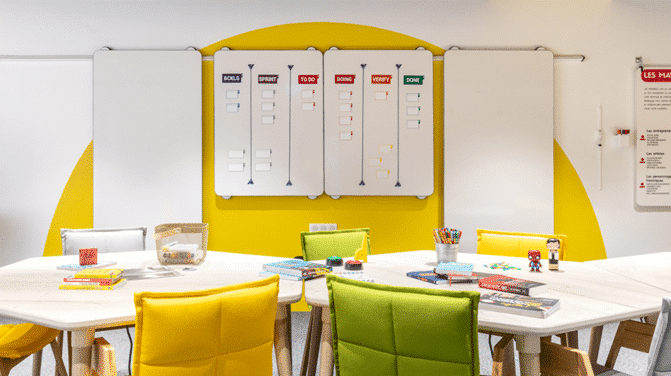
“ We redesigned the entire head office with its different floors, creating a pathway and activity villages.
On the ground floor, behind reception, we proposed a coworking space dedicated to regional staff who come in from time to time. Meetings with customers and partners are held here every day.
Small meeting rooms are conducive to meetings in small groups, whether between employees or with external partners, and give them the confidence to work.
We’ve added a company canteen in the basement, which can be transformed into a conference room for monthly meetings with all teams.
To reinforce the culture of pedagogical innovation, we have created a Design Lab for design-thinking workshops, with hexagonal tables on wheels, removable partitions, and lots of creativity tools…
Then the final stage of our project:storytelling ; once the physical space has been fitted out, we tell a story by dressing up the walls. In the case of ACADOMIA, we took inspiration from the “Je t’aime” wall in Montmartre to create a “Apprendre Autrement” wall written in all the world’s languages. The effect is fabulous when people from different cultures come together in this place, they all start looking for their native language. We’ve also set up a giant Scrabble board in the cafeteria… The idea is to make the premises pleasant while at the same time communicating with the public. Every square meter, whether on the floor or the wall, has to communicate. “
Learning differently” wall created by GOOD MORNING CREATIVITY
Photo credit: Alain Delange
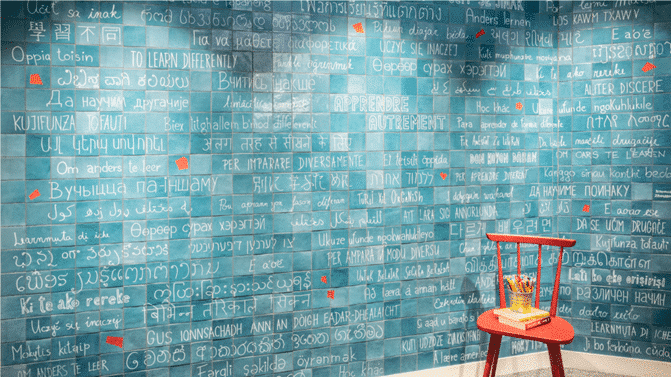
“ It’s important that thecompany’s physical locations reflect its values.
Let’s imagine that one of the company’s values is agility, and that if you visit the company, you’ll notice that employees have fixed computers and fixed telephones. We agree that this in no way reflects the flexibility and agility of our employees. They need to have all the tools they need to make them nomadic, agile and flexible.”
What feedback do you get from this project?
“Overall, it’s very positive. Employees feel more involved, more motivated in these refurbished premises. Their way of working becomes more varied, the day more interesting, learning opportunities more accessible, and their involvement in innovation and the company’s future more important.
Of course, there’s always room for improvement in certain areas. It may happen that certain areas are not used as we had imagined. The customer’s needs evolve between the beginning and the end of the project, as uses change. At Acadomia, we had planned a cabin for the printer, but in the end they changed it because the location was too noisy for the employees. Don’t be afraid to make changes and adapt the physical location to the life of the company. “
How do you measure the project’s impact?
“ When it comes to innovation-related projects, it’s pretty easy, because we have a positive impact matrix BEFORE and AFTER the development. For example, we ask the customer :
- the number of trained facilitators, who can conduct workshops on their own;
- the level of skills in innovation and applied creativity,
- the number of workshops (co-design, co-creation, conception) organized during the month;
- the time allocated to experimentation (individually or in teams)
- number of patents filed (if industrial customer);
- the number of pilot projects that have emerged since the project began;
- the commitment of customers to these pilot projects.
As for the impact of our project for Station F (Xaviel Niel’s largest start-up incubator), for which we fitted out the creativity room, the impact was measured in a different way. As the hall was rented out to outside parties, there was a impact on income.
There was also a impact on visibility ; an article with the photo of the creativity room appeared in the New York Times. “
Conclusion on the future of the workplace and trends for 2024
In conclusion workplaces are becoming modular, transforming themselves into a sum of places and services.
Their design goes far beyond contributing to employee well-being; it enhances employee performance and has a positive impact on company revenues. But form, while necessary, is not enough. Many challenges need to be addressed, whether in terms of employee commitment, physical and mental well-being…
If you’re interested in the topics of HR innovation or AI applied to HR, you can contact our LAB to discuss them.
Contact
A project? A request?A question?
Contact us today and find out how we can work together to make your company’s digital future a reality.
